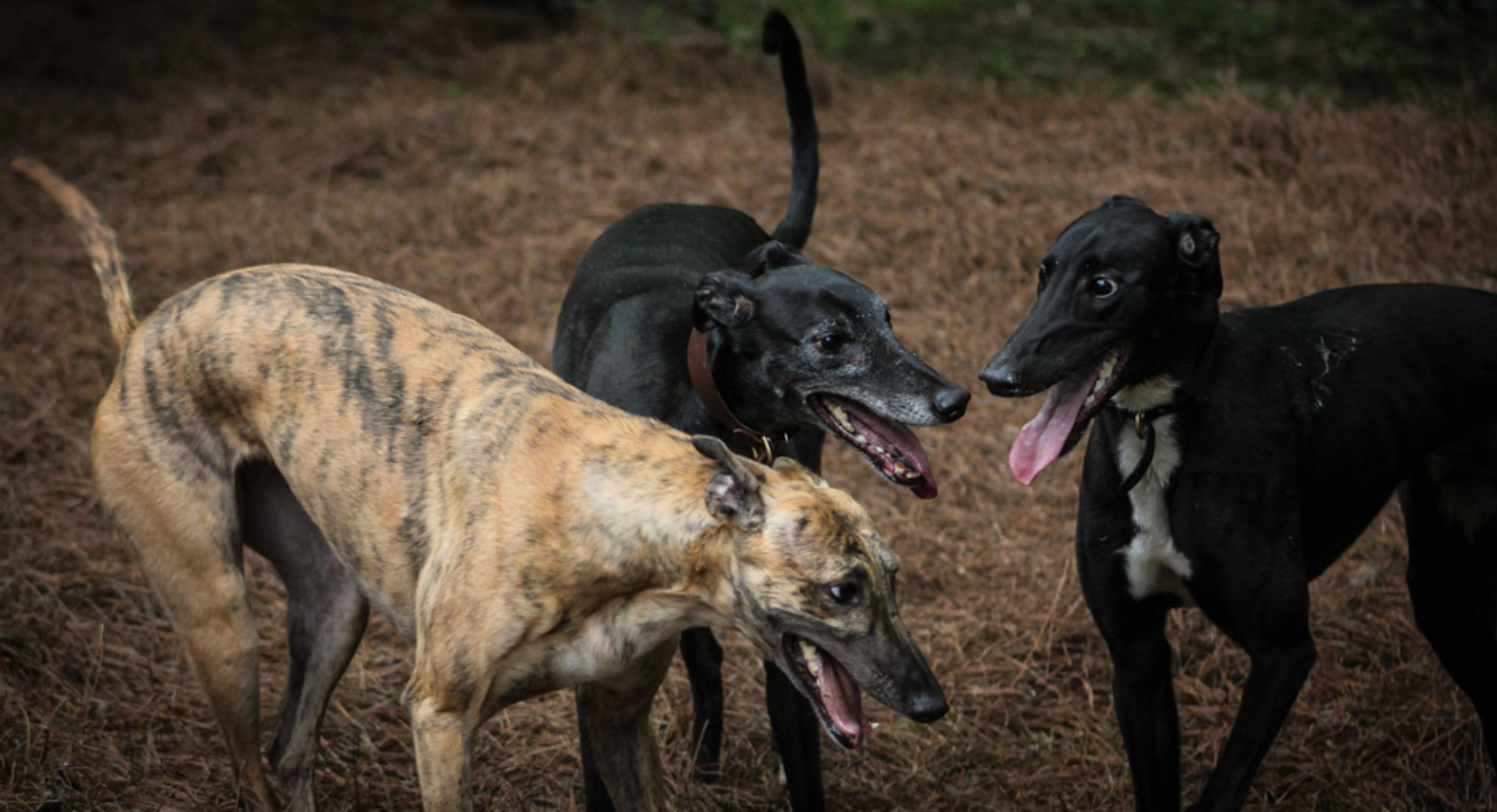Today I am going to discuss liver function in greyhounds as well as thyroid function.
Let’s start with the liver. The liver is an important organ in metabolism of food and drugs. There are two main blood markers that we check for liver damage: alanine aminotransferase (ALT) and aspartate aminotransferase (AST). ALT is found in the liver and elevated levels are directly correlated with liver damage. AST is found throughout the body in various cells. AST can be elevated in hepatic injury but also for other reasons not related to the liver.
Greyhounds have elevated ALT without associated liver damage. I was puzzled by this and could not find any data about why this would occur. A genetic change is the most reasonable explanation of the greyhounds’ LTF abnormalities. Again, selective breeding most likely caused this, and unlike the RBC changes that improve the greyhound’s athletic ability, this is just a side effect.
So if the greyhound has elevated ALT, is that why they cannot process drugs as quickly as non-greyhound dogs? This is not the case. In the livers of both humans and dogs there are enzymes called cytochrome P450 (CYP), and these are the liver’s metabolizers of drugs. There are hundreds of these enzymes, all with different numbers. Most if the information regarding this came from humans and has been used in dogs. This area of study is booming and these researchers have found differences in this system between dogs and humans as well as between breeds.

In particular the greyhounds CYP system is atypical from other dogs. I am sure that you know greyhounds have issues with anesthesia and the anesthesia they receive should be different than other non-greyhound dogs. This was originally thought to be from the lack of body fat in greyhounds. This was found to be less likely after a series of studies looked at drug metabolism. These studies found that if greyhounds were given a CYP inducer like phenobarbital, they could clear anesthesia agents more quickly; conversely, if a CYP inhibitor (chloramphenicol) was given prior to anesthesia, it would take longer for the drug to be cleared. This points directly to the CYP system as the cause of delayed drug clearance and not the lack of body fat in the hound.
To sum it up, the changes in the liver enzymes seen in greyhounds does not cause the issues with drug metabolism in the greyhound. However, the CPY system within the greyhound’s liver is unique and creates the changes in drug metabolism.
Now we have a better understanding of the liver function abnormalities seen in greyhounds, let’s talk about the thyroid valves.
There are four common thyroid tests completed when checking for disease in the thyroid. They are total T4, free T4, T3, and thyroid stimulating hormone (TSH). TSH is controlled by the pituitary gland in the brain; it controls the thyroid gland’s production of T3 and T4. Thus, when TSH is elevated it means that there is not enough T4 or T3, and when the TSH is low it means that there is too much T4 or T3. TSH and T3 play a large role in the diagnosis of hypothyroidism. T3 is often more important in hyperthyroidism, as there is less of it made in the thyroid and oftentimes takes longer to become abnormal.
Greyhound’s T4 is oftentimes abnormally low; this has been well documented. It is important to note that current racers or right-off-the-track retired racers have even lower T4 then non-racing greyhounds.
This posed the question about hypothyroidism in these dogs. There was a study that gave greyhounds with low T4 synthetic thyroid stimulating hormone. In a mammal with true hypothyroidism this should have elevated the T4, but this did not occur.
This furthered the idea that greyhounds have baseline low thyroid levels and prompted an additional study. In this study a radioactive tracer was used to evaluate the thyroid function in greyhounds suspected of hypothyroidism. The uptake of the tracer was within normal limits compared against dogs with normal thyroid function. This indicated that hypothyroidism is extremely unlikely in greyhounds.
Greyhounds are different from other dogs for various reasons. These variations in their lab values should be evaluated by someone who has experience with greyhounds.
I hope this series was helpful and you are more informed about why greyhounds’ lab valves are different from non-greyhound dogs.








